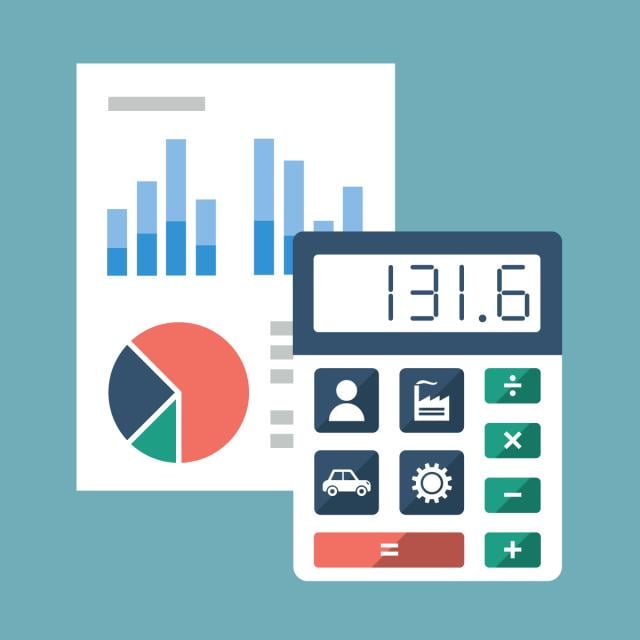MOOC List is learner-supported. When you buy through links on our site, we may earn an affiliate commission.

MOOC List is learner-supported. When you buy through links on our site, we may earn an affiliate commission.
By the end of this course, you will be able to:
- Describe different types of costs and how they are represented graphically;
- Conduct cost-volume-profit analyses to answer questions around breaking even and generating profit;
- Calculate and allocate overhead rates within both traditional and activity-based cost allocation systems;
- Distinguish costs and benefits that are relevant from those that are irrelevant for a given management decision;
- Determine a reasonable course of action, given the financial impact, for a given management decision.
What You Will Learn
- Different types of costs and how they are represented graphically
- Cost-volume-profit analyses to answer questions around breaking even and generating profit
- How to calculate and allocate overhead rates within both traditional and activity-based cost allocation systems
- How to distinguish costs and benefits that are relevant from those that are irrelevant for a given management decision
Syllabus
WEEK 1
Managerial accounting and cost behavior
Welcome to the course -- we're glad you're here! During this first week, we'll distinguish managerial from financial accounting, including the financial and related information managers need to help them make decisions. We'll then move on to cost behavior including different types of costs, their classifications, and how these classifications help with decision-making. From there, we'll show how to use a scatterplot and the high-low method to estimate cost functions. Let's get started!
WEEK 2
Cost-Volume-Profit analysis
Now that we've learned the fundamentals of cost behavior, we're ready to move on to discussing the relationships between cost structure, volume, price, and profit. We'll then see why these relationships matter as we conduct cost-volume-profit analyses to answer questions around breaking even and generating profit.
WEEK 3
Cost allocation
After learning how to conduct cost-volume-profit analyses, we're ready to discuss cost allocation and the different types of systems we can use: traditional and activity-based. From there, we'll learn how to calculate overhead rates and allocate overhead within both types of systems.
WEEK 4
Relevant costs and benefits
In our final week, we'll discuss costs and benefits, and gain an understanding of those that are relevant for a given decision. We'll evaluate the financial impact of a given decision, then determine a reasonable course of action.
MOOC List is learner-supported. When you buy through links on our site, we may earn an affiliate commission.
MOOC List is learner-supported. When you buy through links on our site, we may earn an affiliate commission.
